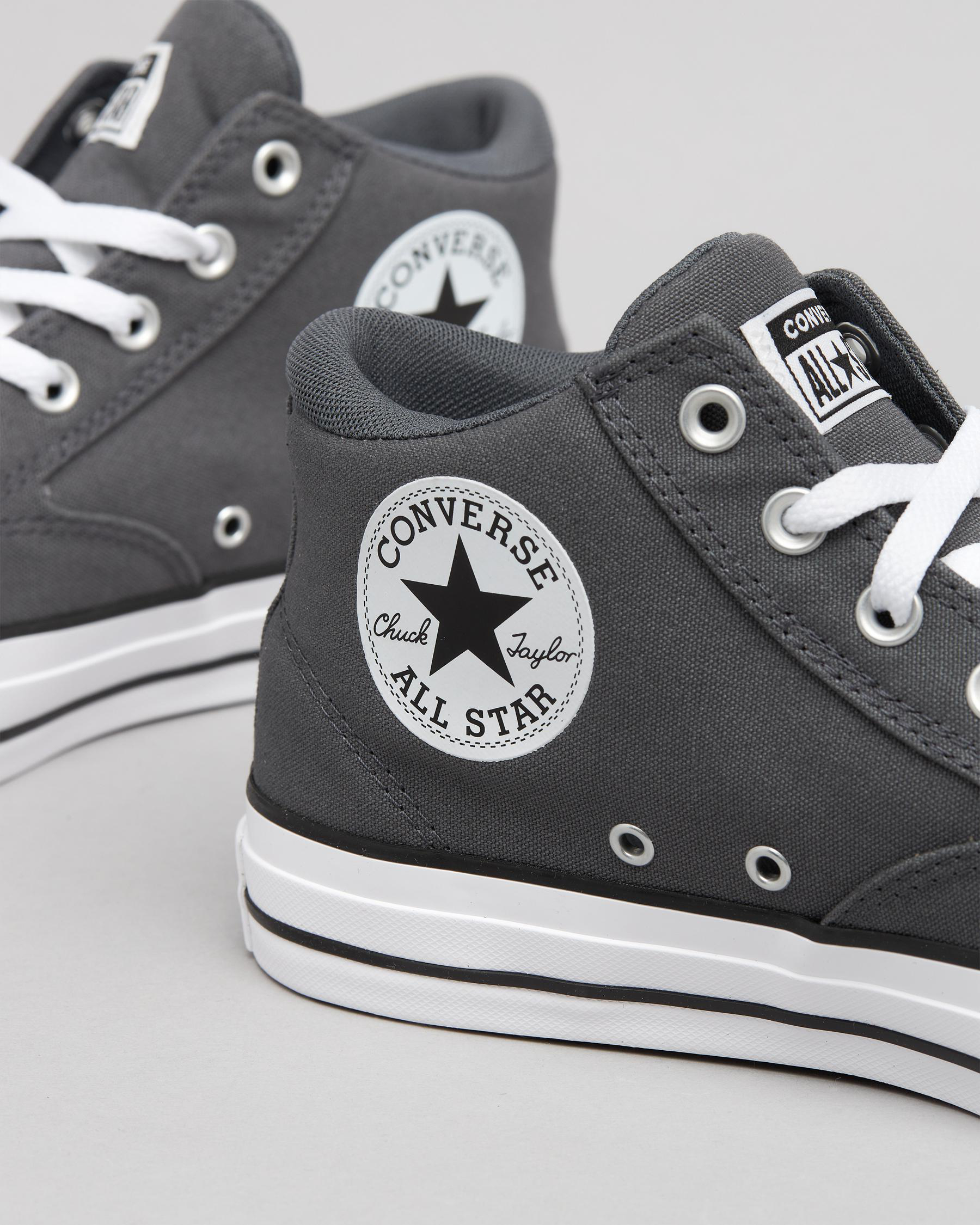If you’re a sneaker aficionado or just looking for a comfortable pair of shoes that can elevate your style, you have likely encountered Converse shoes. Famous for their timeless design and versatility, Converse footwear is more than just a trendy accessory. But have you ever paused to ponder the materials that comprise these iconic shoes? In this examination of Converse shoes, we will delve into the various materials used in their construction. Understanding these components not only deepens your appreciation for the brand but also equips you with knowledge to make a more informed purchasing decision.
First and foremost, the upper portion of Converse shoes is typically made from a combination of cotton canvas and synthetic materials. The traditional canvas offers an undeniable charm, giving the shoes a lightweight, breathable quality that is ideal for casual wear. Cotton fibers inherently allow for air circulation, thus providing comfort during warmer weather. Conversely, the synthetic versions, often a type of polyester or nylon blend, offer enhanced durability and stain resistance. This blend between classic canvas and modern materials illustrates the brand’s commitment to evolving while preserving its heritage.
When exploring the soles of Converse shoes, the most common material encountered is rubber. Rubber provides the traction and grip essential for a variety of surfaces. However, not all rubber is created equal. High-quality rubber compounds are used for the outsole, designed to withstand wear and tear while ensuring longevity. Additionally, the vulcanization process implemented in the manufacturing of the soles involves heating rubber to create a more durable and elastic product. This infusion of scientific process underscores the complexity behind what seems like a simple sneaker.
Moreover, let us not overlook the role of the lining and cushioning in Converse shoes. Many models feature textile linings that often accompany foam padding around the collar and tongue areas. This combination elevates comfort levels, making the shoe more enjoyable for prolonged wear. The cushioning, too, varies; some models showcase a classic canvas lining, while others may integrate modern memory foam technologies that offer personalized support. It’s this attention to comfort that emboldens users to wear Converse shoes on various occasions—from casual outings to more active engagements.
Furthermore, it’s essential to recognize that some Converse models delve into more specialized materials for niche markets. For instance, the Chuck Taylor All Star Pro utilizes a micro-suede upper, a choice designed to cater to skaters seeking style and performance. The sleek, minimalist aesthetic retains the classic look while incorporating advanced features to support athletic activities. This evolution of materials exhibits the company’s drive to innovate, crafting sneakers that resonate with both aesthetics and functionality.
Additionally, the incorporation of sustainable materials is gaining traction within the footwear industry, and Converse is no exception. The brand has initiated efforts to include recycled materials in their products, such as recycled cotton and polyester. These attempts not only address the pressing environmental concerns but also reflect a growing trend among consumers who prioritize eco-friendliness in their purchases. This is particularly important considering that the footwear industry is one of the largest contributors to environmental degradation.
Every detail counts when creating the quintessential Converse shoe, right down to the iconic star logo and the stitched accents. The meticulous selection of materials isn’t solely about function; it’s also about form. The visual appeal of a Converse sneaker, characterized by its clean lines and classic silhouette, is a vital selling point that transcends mere utility.
Have you ever considered how color choices influence materials? Converse offers an array of colors, each with the potential to alter the impression made by the shoes. Darker colors tend to utilize materials that can withstand scuffing and stains, whereas lighter tones may require more care to maintain their appearance. This subtle interplay between color and material invites consumers to think critically about their choices based on lifestyle and environmental factors.
In addition to the standard offerings, Converse has also ventured into collaborations with esteemed designers and brands, exploring unique materials that challenge the norm. From high-fashion partnerships to artistic endeavors, such collaborations often see the use of unexpected textures and finishes. This not only amplifies creativity but also broadens the appeal of Converse shoes, attracting a diverse range of consumers.
As concerns about durability and ethics become paramount in today’s consumer landscape, the future of materials in Converse shoes will undoubtedly take on new dimensions. Will the use of biodegradable options become commonplace? How will advancements in technology enhance the breathability and durability of synthetic materials? The evolution of materials in Converse shoes is a topic ripe for exploration, and your perspective as a consumer is pivotal in driving this change.
In conclusion, Converse shoes are a product of intricate design and material selection that extends far beyond mere fashion statements. From the canvas upper to the rubber sole, the interplay of traditional craftsmanship and modern technologies creates a versatile shoe suited to various lifestyles. As you contemplate your next pair of Converse, take a moment to consider the materials that comprise them. Engaging with this knowledge not only enriches your understanding of the product but also empowers you to make choices that align with your values and preferences. Are you ready to elevate your footwear game with a deeper appreciation for what lies beneath the surface?

